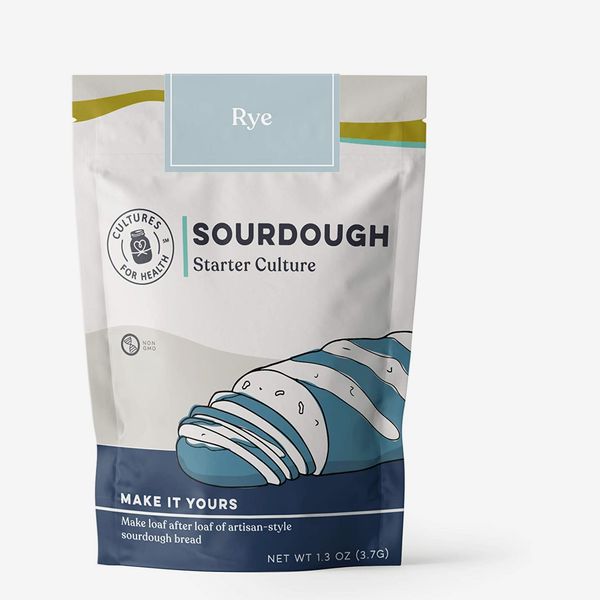
If you’re like us, you’ve probably wondered what famous people add to their carts. Not the JAR brooch and Louis XV chair but the hairspray and the electric toothbrush. We asked author Neil Gaiman — whose new collection, The Neil Gaiman Reader, published this fall — about the boots, notebook, and books he can’t live without.
It was in 1994 or 1995, after I decided to write my novel Stardust, when I bought my first fountain pen. In my head, I wanted Stardust to feel as if it was written in the 1920s, so I went and bought a big leather-bound notebook and a fountain pen. I then discovered the fairly sensual joy of using one and how much I enjoy the ritual that goes along with it, like filling the pen. Then I discovered that when I sign things with a fountain pen it makes my handwriting pretty, if not possibly illegible. Eventually I went completely over to the fountain-pen side. My favorite fountain pen for the past decade has been a Pilot 823. My favorite ink is Mont Blanc Bordeaux, but they’ve discontinued that, so I’m hunting for a new one.
It’s just a better notebook. I used to use Moleskines, and then the Moleskine paper got thinner, so I switched over to the Leuchtturm. Joe Hill, the author, said, “Try these, they’re better.” And they are. I love how the brand sort of thought through ways of making its product better. For example, the Leuchtturm notebook comes with stick-on things that you can put down the side and on the cover so you know what’s inside. The pages are numbered and there’s a space on the top for a date, which regular notebooks don’t have. Its first pages include a contents list, so you can put down your page numbers and the topics they cover. It feels really well-designed.
I’m in Scotland, on Skye, and every couple of days I make either a loaf of bread or seven bagels with rye flour and the sourdough starter I bought when I got here. I’ve actually gotten really good at sourdough bagels and loaves. The recipe has evolved over the last seven months to the point where it has rye flour, barley flour, buckwheat, and sourdough. It works like a dream. A couple of days ago, I did something that I’ve always heard people do with sourdough, but I’d never done. An archeologist was passing by my house — there are a lot of archaeological sights here — and we were chatting and she mentioned that the sourdough starter she had for a couple years died days before. So I said, “Let me give you some of mine,” and I went into the kitchen and got her a jar and presented it to her. Now it will go off and live again.
I get another pair every time I wear through one. They tend to last about 18 months these days. I’ve been wearing the style for probably about 15 years now. Some friends have talked me into buying other incredibly expensive, made-to-measure, fancy-as-all-hell boots, but they were never incredibly comfortable. The Doc Martens just sort of survive anything I give them, but after about two years the leather will start splitting because I wear them all the time.
I fell in love with the glasses made by Dresden, which is in Melbourne, and now have lots of pairs. They only have one style of frame, which makes life easy, and it comes in three sizes and about a dozen colors — including some made from, I am sure, recycled Lego bricks. I have dark-colored frames I use for seeing a long way off, and brightly colored reading glasses, so I can find them.
When I got to the Isle of Skye, I came from Australia where I had been over the summer and did not have enough clothes that would work with the Scottish wind. So I thought, what can I get during lockdown when nobody is selling anything? I went with this black sweater. But normally, I get my black sweaters every birthday when my mother asks, “‘What would you like for your birthday?,” hoping that I’m finally going to say something other than a black sweater. Instead, I say, “A black sweater.” And she gets me a black sweater.
Featherhood is a brilliant book and it’s getting a lot of attention, which makes me very happy. It’s a story I was vaguely on the distant edges of — it’s Charlie Gilmour telling the story of how he adopted a magpie, and how his biological father, a poet named Heathcote Williams, had once raised a bird himself. It’s also the story of Charlie’s relationship with Heathcote. When I was 23 or 24 and my very first book was published, Charlie’s mother, Polly, who is now a famous and well-respected author, was a 21- or 22-year-old publicist whose job it was to publicize my first book. So we’ve been friends forever. When she became pregnant with Charlie, I was following that, and when Heathcote Williams essentially went mad and broke down, Polly and infant Charlie came back to London, and I followed that story, too. So I felt kind of like a detective reading about Charlie trying to figure out who his father was and what went wrong. It’s a beautiful book about fathers and sons and birds. If you like birds, you’ll love it.
The Strategist is designed to surface the most useful, expert recommendations for things to buy across the vast e-commerce landscape. Some of our latest conquests include the best acne treatments, rolling luggage, pillows for side sleepers, natural anxiety remedies, and bath towels. We update links when possible, but note that deals can expire and all prices are subject to change.












